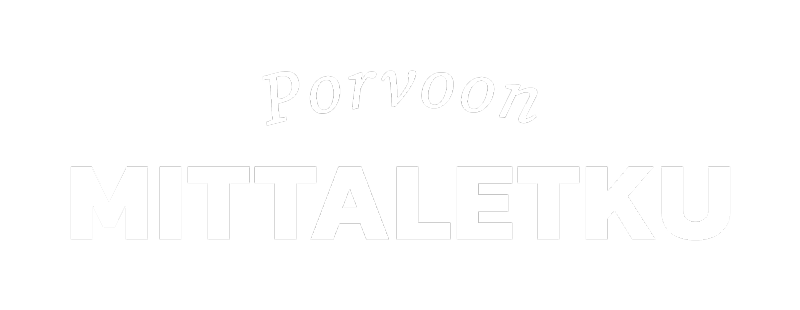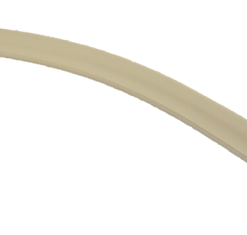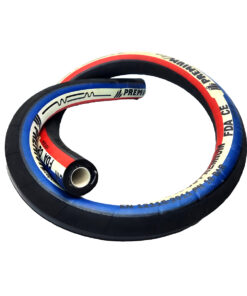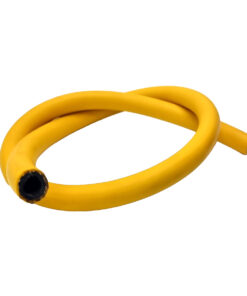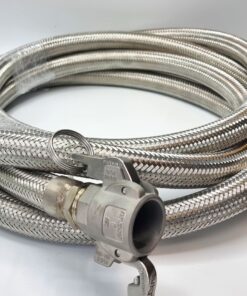We work
Service life of hoses
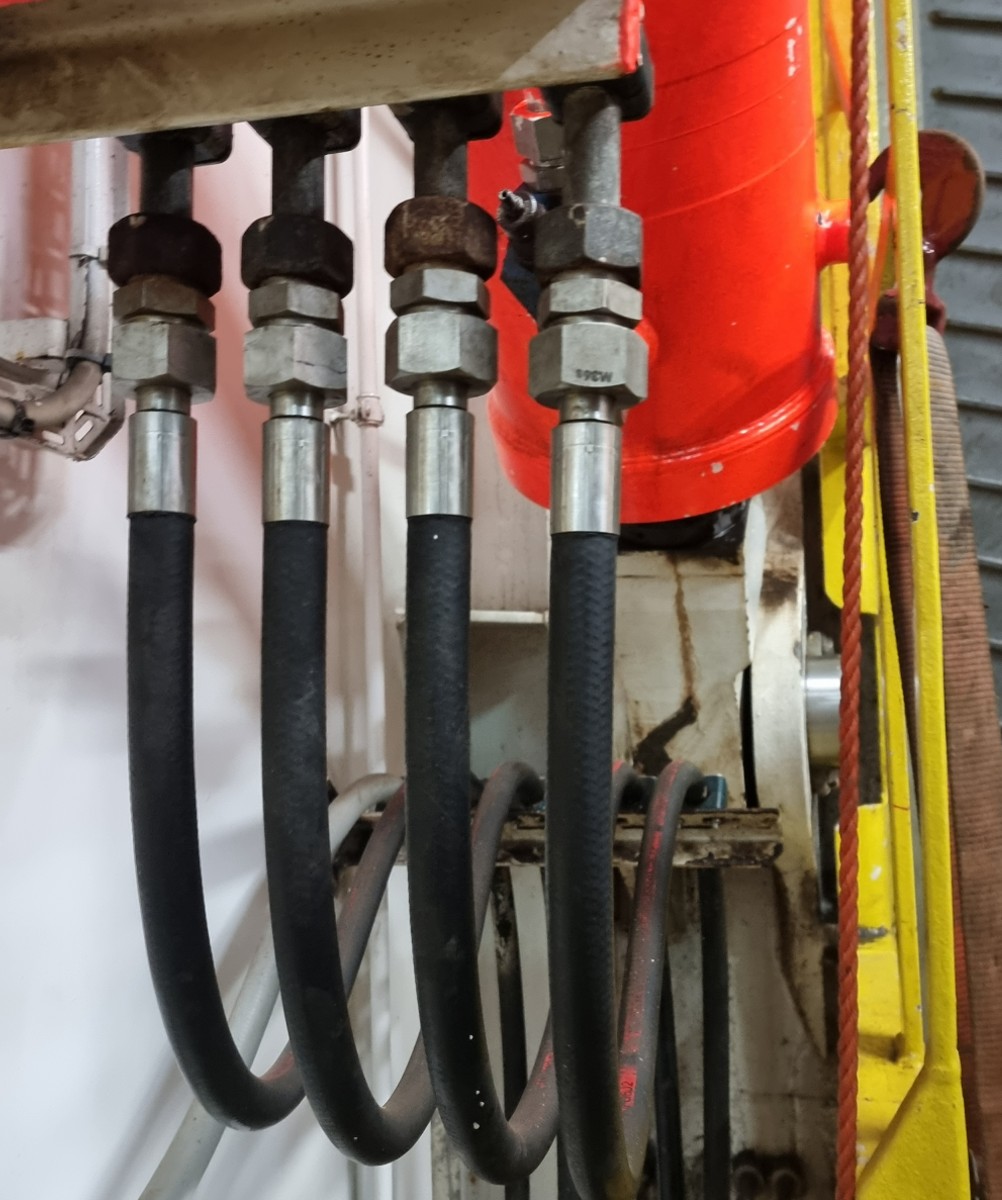
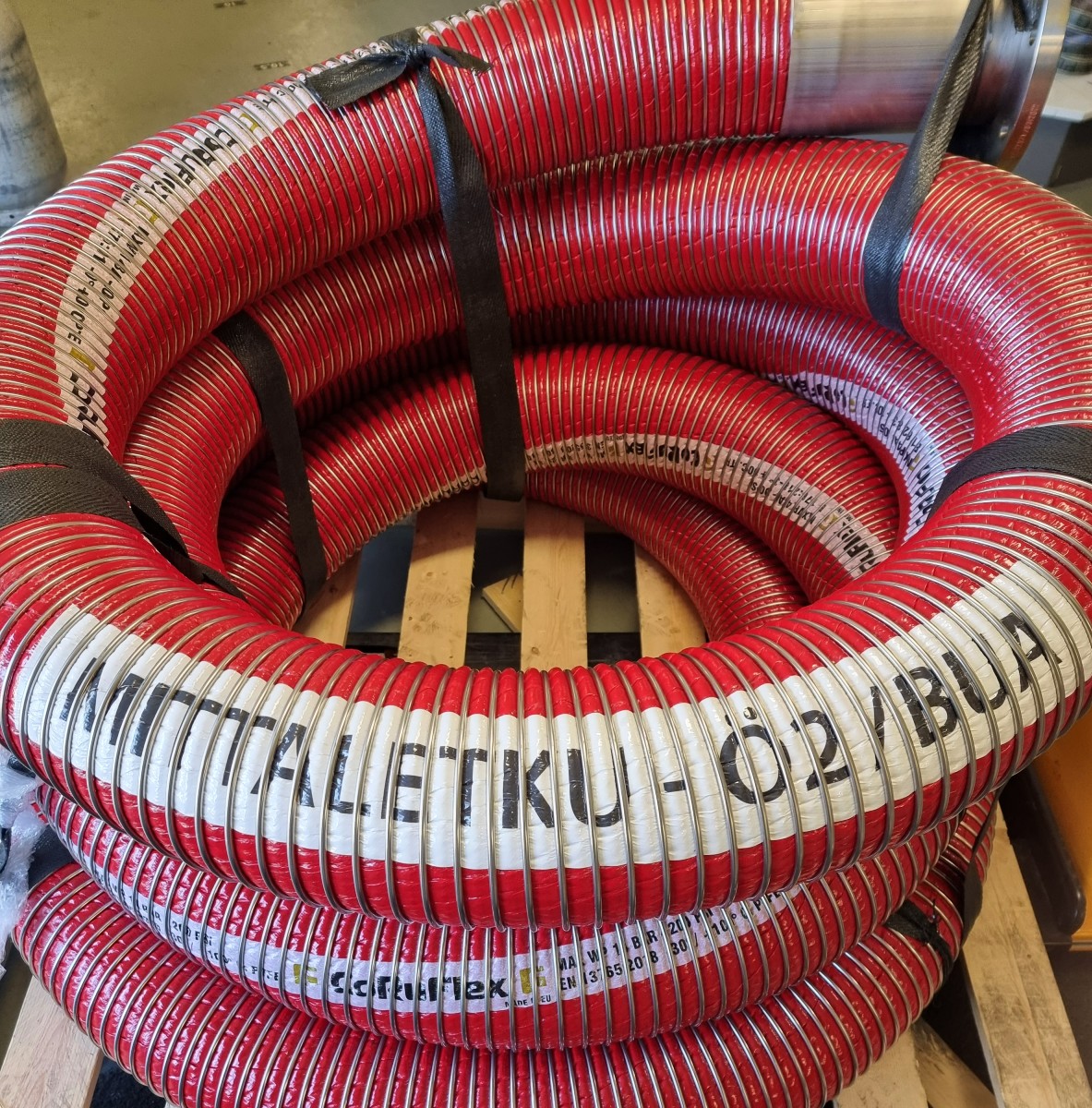
Service life of hoses
The service life of hoses is affected by many things. I'll try to highlight a few that I've come across along the way. The wrong choice of hose and misused hoses are ruled out immediately upon handshake. In my opinion, they are already their own set of issues, which will be dealt with sometime later. Let's consider the age of the hose under normal conditions and, above all, in proper use.
The environment in which the hose is used creates requirements for the hose. UV light from the sun causes the hoses to fade and dry out. Let's imagine, for example, a coil of rubber hose that is left in a harbor in the Mediterranean without protection. Continuous UV light fades the hose's texts and its surface. The heat produced by the sun contributes to the drying of the hose together with UV light. It can be seen on the outer surface of the hose as transverse cracks. Actually, all hoses should always be stored protected from UV. Hose manufacturers try to slow down the fading and drying of hoses with different outer surfaces.
Substances transferred with a hose create their own requirements. Naturally, the suction and pressure hoses designed for consumables do not last forever, but different inner materials are used to reduce wear and tear on the hose. On the other hand, some liquid substance can be difficult for the hose, e.g. vinegar used in the food industry can sweat through the hose. Hose users should know how to sometimes also look inside the hose and not only follow the outer surface of the hose
So what is the suitable service life for hoses? It should be defined in connection with the maintenance of the device, which takes into account its use and criticality in case of a hose failure. In the industry, the general guideline for high-pressure hoses is 5 years, after which the risk of unexpected hose failure increases. An expert can help plan the exchange interval in certain locations. The question is so multifaceted and so many things affect the service life of the hose that there is no single correct truth. The replacement interval should be defined on a device-by-device basis so as not to cause unnecessary risk to people, the environment or production.
Author
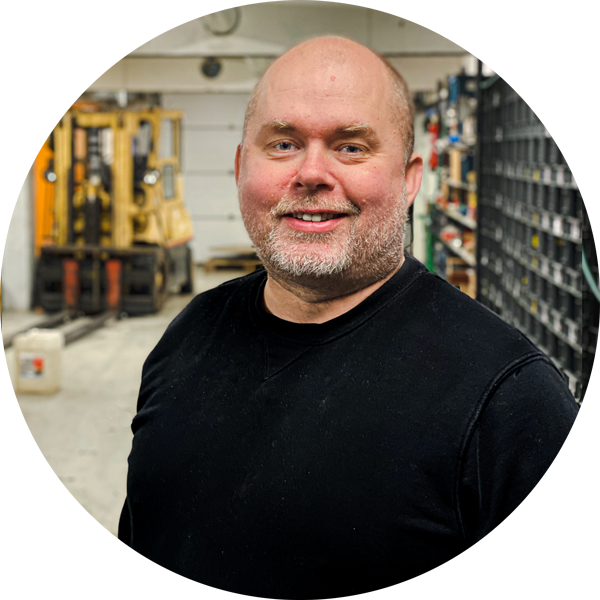
Toni Mielikainen
CEO
Mittaletku
+358 400 292 874
[email protected]
Linkedin
Toni is perhaps Finland's most experienced hose master, whose hands have passed through hundreds of solutions for all domestic industries. More than 20 years of experience in hose and connector matters can be seen as expertise that both large production plants and small breweries benefit from.
We used these products
Non-reinforced silicone hose food grade is a high-quality and durable solution for non-pressure applications. It is made of silicone material that withstands high temperatures and keeps the product odorless and tasteless. The hose is also resistant to ozone and UV radiation, which makes it ideal for outdoor use. Applications Food industry, beverage industry, chemical industry. Industries Food industry, beverage industry, chemical industry. Benefits The silicone hose is very durable and versatile. It can withstand high temperatures and is odorless and tasteless. Risks Misuse or poor maintenance of the hose can lead to damage. It is important to follow the maintenance instructions. Chemical resistance Silicone tubing is resistant to a variety of chemicals, including ozone and UV radiation. Certificates and classes FDA 21 CFR 177.2600. When you need a reliable and durable silicone hose, contact us. We will be happy to help you find a solution that suits your needs.
Chemical hose PTFE 16bar is classified as a Teflon rubber hose, which is specially designed for handling dangerous chemicals such as acids and bases in industry. Applications The hose can be used especially in demanding areas of industry, such as the transfer and storage of chemicals. Industries Chemical industry, metallurgy, agriculture, food industry. Benefits Chemical hose PTFE 16bar offers excellent chemical resistance and heat resistance, which makes it a long-lasting and reliable solution. Risks Improper handling or maintenance can damage the hose and cause leaks, so we recommend that you strictly follow the use and maintenance instructions. Adapters Compatible connectors are, for example, clamp connectors. Chemical resistance The hose is made of PTFE / Teflon material, which is excellently resistant to various chemicals. Operating temperatures -30 °C to +150 °C Operating pressure classes Working pressure 16 bar, Explosion pressure 48 Bar. Certificates and classes EN 12115:2011, En 1761, TRbf 131/2 Contact our hose specialist for more information or to request a quote for Chemical Hose PTFE 16bar.
Chemical hose EPDM 30bar is a high-quality hose designed for industrial and agricultural needs. It withstands up to 30 bar pressure, is very flexible and easy to handle. The outer surface is durable and wear-resistant, which makes it ideal for use with hot water, compressed air and coolants. Applications Industry, agriculture, hot water, compressed air, coolants. Industries Industry, agriculture, refrigeration. Benefits Chemical hose EPDM 30bar offers excellent durability and easy handling, which reduces the need for maintenance and replacement. Risks As a result of misuse or poor maintenance, the hose can become damaged, which emphasizes the importance of proper use and maintenance. Adapters Compatible with many industry standard connectors. Chemical resistance Made to withstand extreme chemical conditions, provides reliability and longevity. Certificates and classes EPDM hose meets strict industry standards and classifications. The composite hose for oil 10 bar is specially designed for oil transfer. It is durable and flexible, making it a versatile option for many industrial needs.
